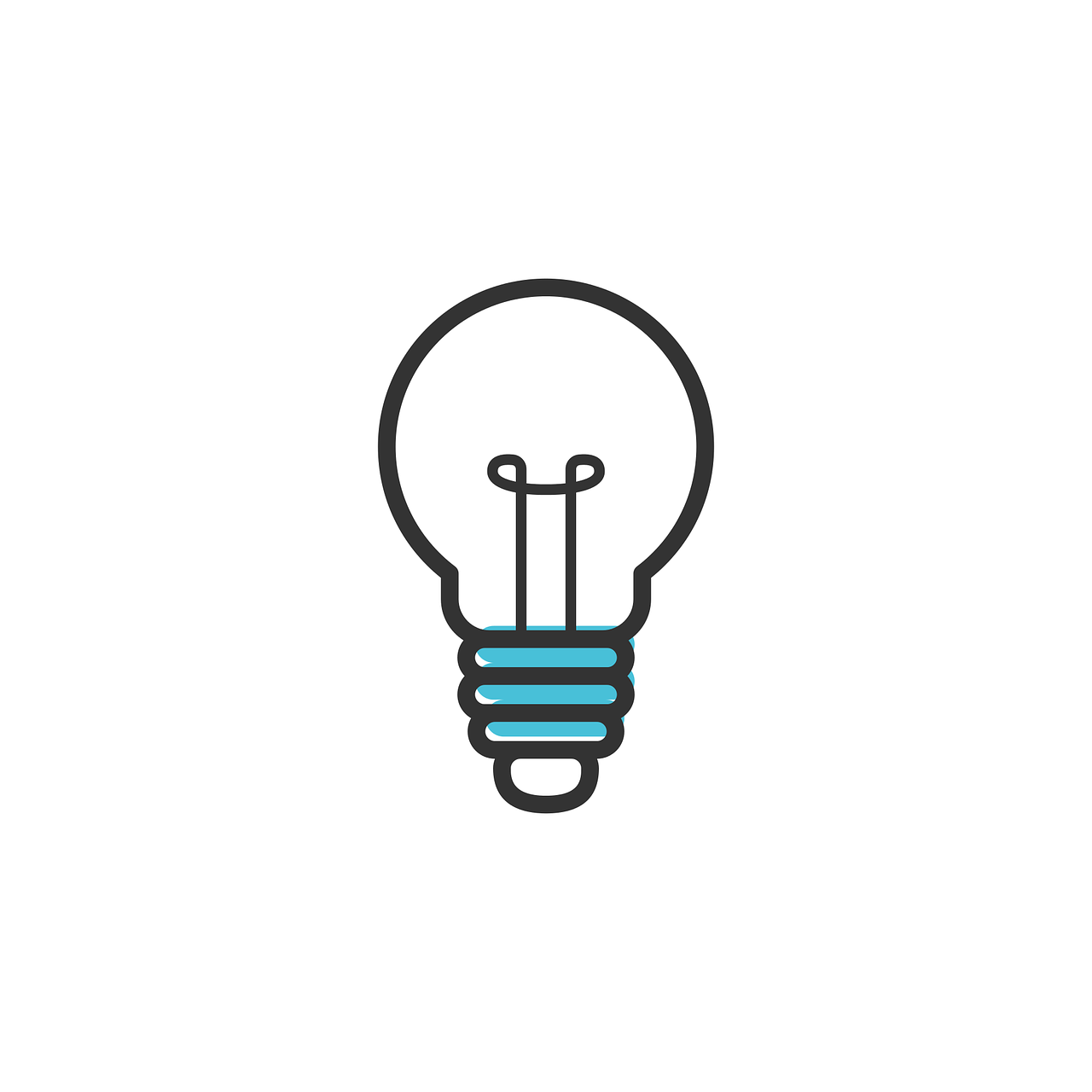
13 Mar INFINITE POWER: THE FUTURE OF UTILITIES – ENERGY, GAS, WATER AND ELECTRIC
The future of utilities (power, gas, electric, water), co-ops, and other industry players is rapidly shifting before our very eyes. As a matter of fact, it has been changing at breakneck speed in recent years, with new technologies and environmental concerns shaping the future of the sector. The utilities industry includes electricity, gas, water, and other essential services that people rely on every day. Keeping this in mind, it’s important to consider new and future trends in utilities and where they might lead.
For example: One of the most significant trends that will shape the future of utilities is the transition to renewable energy. As the world faces the threat of climate change, there is a growing demand for clean energy sources. Utilities companies are investing in renewable energy sources such as wind, solar, and hydro power, and phasing out fossil fuel-based energy production. Renewable energy has become more cost-effective in recent years, making it more attractive to utilities companies. In addition, governments around the world are implementing policies and regulations to encourage the use of renewable energy.
Smart grids will also play a large and outsized part in shaping the future of utilities as well. A smart grid is an advanced electrical grid that uses digital technologies to monitor and manage the flow of electricity. Smart grids allow utilities companies to improve the efficiency and reliability of their energy networks, reduce energy waste, and better manage energy demand. Smart grids also allow consumers to have more control over their energy usage. Consumers can monitor their energy usage and adjust their consumption to reduce their energy bills and carbon footprint.
Energy storage is another important topic to keep in mind as we look to the years ahead as well. As more renewable energy sources come online, utilities companies need to find ways to store excess energy to ensure a reliable supply of electricity. Energy storage technologies such as batteries and flywheels are becoming more affordable and efficient, making them a more attractive option for utilities companies. Energy storage also allows utilities companies to balance the supply and demand of electricity more effectively. During times of peak demand, utilities companies can draw on stored energy to meet the needs of consumers.
Distributed energy resources (DER) are a big topic of conversation amongst industry insiders these days as well. DER refers to small-scale, localized energy sources such as rooftop solar panels, small wind turbines, and micro hydroelectric generators. DER solutions allow consumers to generate their own electricity and sell any excess back to the grid.
DER has the potential to disrupt the traditional utilities model, as consumers become more self-sufficient in their energy usage. Utilities companies are responding by investing in DER and developing new business models to integrate DER into their energy networks.
Cybersecurity concerns are also worth noting here to boot. As utilities companies become more reliant on digital technologies, they become more vulnerable to cyber attacks. Cyber attacks can cause disruption to energy networks, compromise customer data, and lead to financial losses.
Utilities companies are investing in cybersecurity to protect their networks and customers. They are implementing new technologies and protocols to detect and prevent cyber attacks, as well as increasing their cybersecurity training and awareness programs.
As you can see, the future of utilities looks bright indeed – and not only for public power and electric providers. Things only get more interesting and exciting from here on out.



